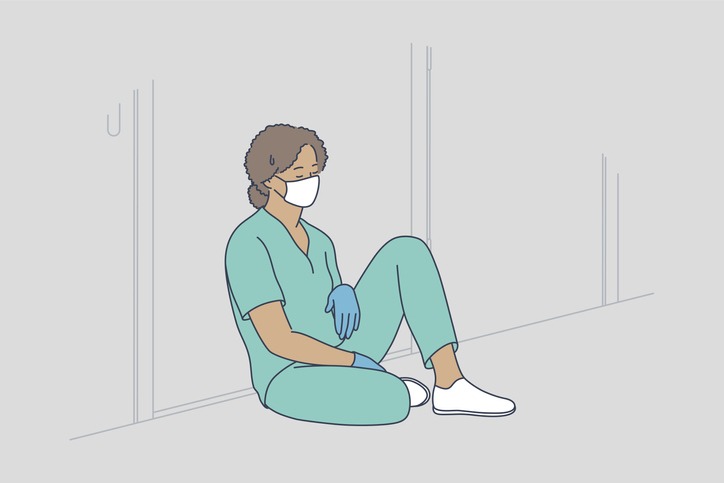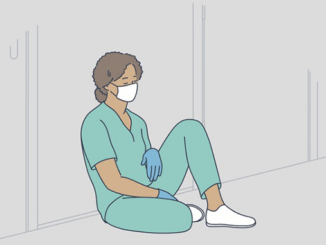
To manage feelings of tiredness and fatigue during shifts, NHS staff should try to master the art of the power nap – here’s some advice which ought to help get you started
CREDIT: This is an edited version of an article that originally appeared on NHS Employers
Our sleep cycles are regulated by our internal body clock. Factors such as natural light and darkness influence our sleep cycles, with our body releasing specific hormones to tell us when we should be awake or asleep.
Shift work can negatively affect sleep patterns; it may feel very similar to jet lag, which can leave a person feeling lethargic, exhausted and physically uncomfortable. A good sleep routine and habits are much more difficult to achieve with shift work; regular breaks during shifts, especially night shifts, and days off work are essential for keeping staff mentally and physically well. This should not be seen as a luxury, but an essential part of delivering safe and efficient patient care.
Mastering the art of the power nap
Power naps can be a useful skill for staff to develop. Research undertaken by NASA – which was looking at how to reduce the impact of fatigue – demonstrated improvements in performance of about 34% and alertness by 54%, following an in-shift power nap. Making available spaces that allow for undisturbed rest or power naps can, therefore, be an effective way to reduce fatigue.
These power nap ideas are suggested by Dr Michael Farquhar:
- For a good nap, there needs to be a quiet, dark, comfortable space where sleep is possible.
- A comfy reclining chair or a camping mat can work, though it does need to be a space away from the noise and activity of the ward/work area.
- The discipline of simply lying back, shutting your eyes and relaxing in the quiet for 15–to-20 minutes has its benefits ; the trick is not to worry about whether you fall asleep or not – if it happens, it happens.
- Practicing techniques like mindfulness or breathing exercises can help, both to encourage sleep and also to help you relax. Don’t forget to set an alarm, or ask a colleague to wake you though!
- If you drink caffeinated drinks through the night, another useful trick is to take a shot of caffeine just as you put your head down to nap. Caffeine takes about 15-to-20 minutes to kick in – which means as you wake at the end of your nap, you get a double boost from both the sleep and the caffeine.
The levels of fatigue experienced after a night shift can produce similar effects to driving at the legal alcohol limit, increasing the risk of road traffic accidents; offering staff a place to rest if they need to before driving or cycling home is, therefore, critical to ensure their safety after a shift.


Be the first to comment